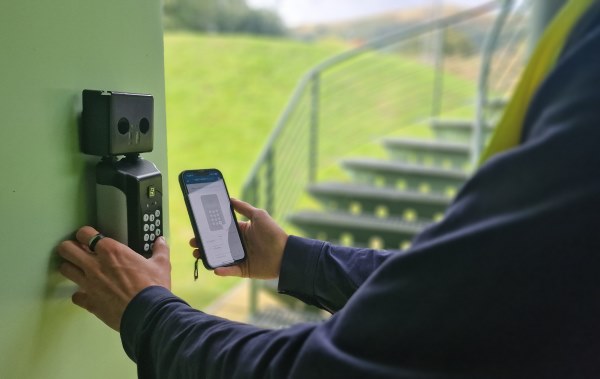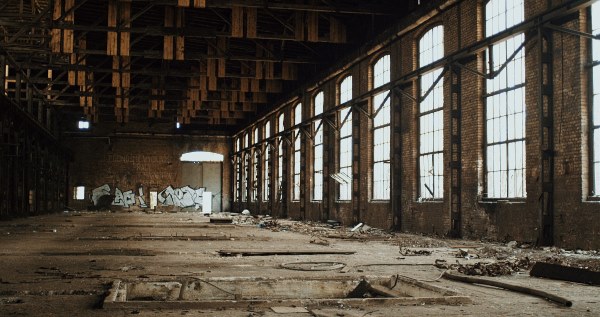
Releasing the Burden:
Making sure keyholding is not an obstacle in securing and turning-around void property
Take a walk to your local high street. Compared to a few years ago, you may notice many more “To Let” signs in empty shop windows. It comes as no surprise given the number of shocks to the economic system over the last five years, ranging from COVID-19 to international conflicts, all of which have led to various consequences, such as energy price hikes, interest rate increases, and a general shift in many people’s work patterns and consumer behaviour.
According to Savills Research, the overall footfall of vacant retail space in the UK is around 14.5%[1], while the total number of void private sector commercial properties stands at approximately 165,000.[2] Additionally, an estimate of 7,000 commercial and business properties owned by Local Governments in Great Britain have been unoccupied for over 12 months.
Furthermore, a recent BBC article points out that business tenants are more inclined to search for smaller, newer and more energy efficient office spaces to rent, are willing to downsize owing to hybrid working, and seek buildings that complement their Net Zero ambitions.[3]
This might be interpreted as an indication that a number of long-standing commercial premises would become vacant in the near future, forcing owners to update and repurpose empty spaces to meet the demands of a changing market.
A COSTLY ASSET THAT REQUIRES EXTRA PROTECTION
While the property market and customer demands are shifting, some truths remain unchanged: commercial property should generate money, not drain it. However, void sites imply outgoing costs and no profit, so it only makes sense that any vacant space should be flipped as soon as possible.
Unoccupied premises can become an alluring target for squatters, vandals, thieves and trespassers, which is one of the main reasons why insurance companies charge higher premiums for void property and require regular security and fire safety checks too.
Such properties must be protected by enhanced security measures. This often involves the installation of steel doors and screens, perimeter protection, vigilant surveillance and prompt alarm response. After all, any break in can cause far greater financial damage than the costs of protection; and the owner is legally liable for any injuries sustained by trespassers.
Meanwhile, legit access is very much required by contractors to upgrade and renovate the site in preparation for the next business occupier. Any delays or missed visits result in further charges on an asset that is essentially nothing but another bill while vacant.
ACCESS ISSUES: FETCH THE KEYS!
A minor but, consequently, very important issue might arise when accessing a site that is unmanned 24/7. For every contractor visit, property inspection or viewing, a key must be obtained offsite and then returned. This takes time, implies unnecessary travel and, potentially, may result in additional missed visit fees and rebooking arrangements in instances when a contractor is unable to gain entry. As a result, it may slow down the void property turnaround time.
Furthermore, complex keyholding arrangements can also slow down the security alarm response time. More and more security companies are moving away from the traditional keyholding model, in which keys are stored at the central location or in heavy key lockers in vans during patrols. While reaction time is critical, time is frequently wasted collecting keys or waiting for a keyholding patrol (rather than the nearest one) to arrive on site.

Image Source: Michal Francza on Unsplash
